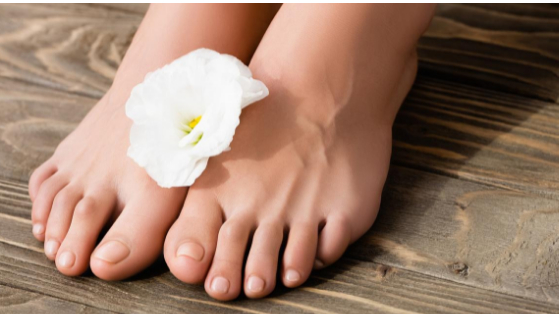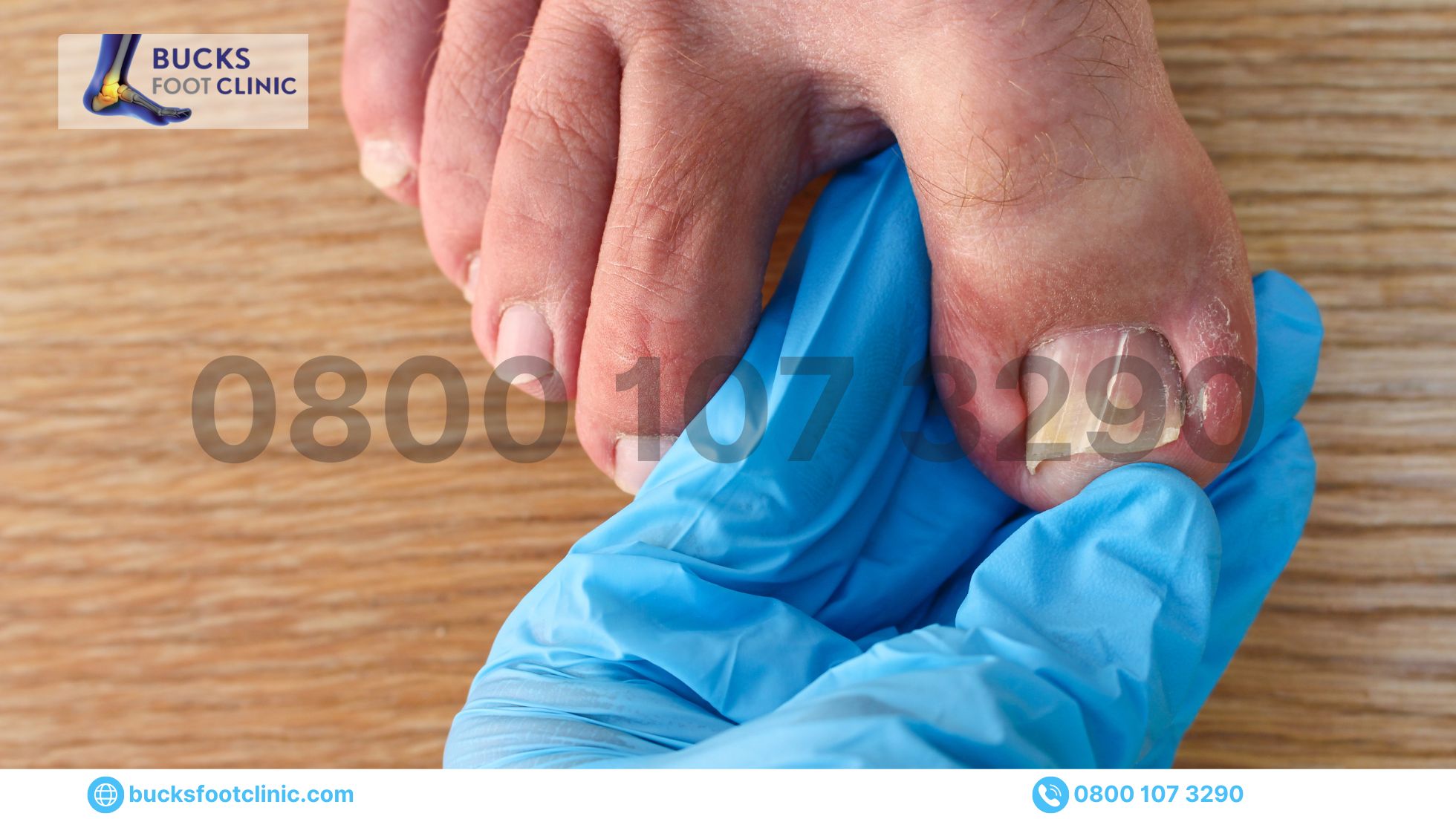
From their first adorable kicks to their initial steps, your baby’s feet play a crucial role in their overall development. As a caring parent, understanding the essentials of podopaediatrics – the specialised field that focuses on children’s foot health – is vital. In this guide, we’ll walk you through the journey of caring for your baby’s feet from the newborn stage to toddlerhood. Expert insights from Bucksfoot Clinic, coupled with up-to-date statistics, will empower you to foster healthy foot development and address potential issues effectively.
Newborn Stage: The Foundation of Healthy Feet
In the early days, a baby’s feet might seem delicate and flexible, which can raise concerns about problems with children’s feet. This is because the bones are still forming and the arches are not yet fully developed. While it’s natural for a baby’s feet to appear flat, their proper positioning is essential for addressing potential problems with children’s feet. Bucksfoot Clinic recommends gentle exercises and positioning techniques that encourage optimal foot development and help prevent issues associated with children’s foot health.
Crawling and Early Walking: Building Strength and Balance
As your baby enters the crawling and early walking stages, their feet are actively engaged in building strength and balance, while potential problems with children’s feet need to be addressed. Crawling helps develop the arches of their feet and prepares them for taking those first steps. During this phase, encourage barefoot exploration on safe surfaces like rugs or mats, promoting healthy foot development and addressing any potential problems with children’s feet. It’s important for their feet to grip and flex naturally as they explore their surroundings.
Toddlerhood: Supportive Footwear and Healthy Habits
When your baby turns into a toddler, their foot development gains momentum, and ensuring their comfort is crucial, especially in preventing painful feet. This is the time when they start walking independently. Providing them with well-fitting shoes that offer proper arch support is essential. Furthermore, avoid hand-me-down shoes, as each child’s foot shape is unique and requires tailored care to prevent any discomfort or painful feet issues.
Common Foot Problems in Children
Here’s a list of common foot problems in children:
Flat Feet (Pes Planus):
Flat feet occur when the arches of the feet are low or not fully developed. Around 20% of children have flat feet, which is a normal condition in many cases.
In-Toeing (Pigeon Toes):
In-toeing is when a child’s feet turn inward while walking. Approximately 1 in 10 children experience in-toeing, often due to rotational issues in the hips or legs.
Out-Toeing:
Out-toeing is the opposite of in-toeing, where the feet turn outward while walking.
Statistics: Out-toeing is less common, affecting about 2-3% of children.
Sever’s Disease:
Sever’s disease, prevalent among children, is a frequent source of heel discomfort. It arises due to inflammation of the growth plate situated in the heel. It’s estimated that Sever’s disease accounts for about 2 in every 10 cases of heel pain in children.
Plantar Warts:
These are tiny growths on the soles of the feet resulting from the human papillomavirus (HPV). Plantar warts are relatively common, affecting around 10% of children aged 12-16 years old.
Ingrown Toenails:
The ingrown toenail issue occurs when the corner of a toenail grows into the surrounding skin, causing pain and inflammation. Ingrown toenails are common in adolescents, and up to 25% of ingrown toenail cases occur in children and teenagers.
Toe-Walking:
Toe-walking is when a child walks on their toes instead of using a normal heel-to-toe gait. Around 5-12% of toddlers exhibit toe-walking at some point, with most cases resolving naturally by the age of 3.
Foot Deformities at Birth:
Some children are born with foot deformities such as clubfoot (congenital talipes equinovarus) or metatarsus adductus. Approximately 1 in every 1,000 newborns is born with clubfoot, and metatarsus adductus occurs in about 1 in 1,000 births.
It’s important to note that while these statistics provide a general overview, individual cases can vary. If you’re concerned about your child’s foot health, it’s recommended to consult a podopaediatric specialist like Bucksfoot for proper evaluation and guidance.
Conclusion: Nurturing Healthy Foot Development
In conclusion, caring for your baby’s feet from the newborn stage to toddlerhood sets the stage for their overall well-being. With insights from Bucksfoot Clinic and a commitment to proactive care, you can ensure that your child’s feet develop healthily and painlessly. Expert podopaediatric guidance and regular check-ups can make a significant difference in addressing potentially painful foot issues and promoting optimal foot health in the early years. To learn more about addressing the problems with children’s feet, check out our website.
FAQs
When should I start looking for potential foot problems in my child?
Monitoring your child’s foot development is crucial from the very beginning. If you notice any unusual signs, such as difficulty in standing, walking, or uneven wear on their shoes, consult a podopaediatric specialist.
Are baby shoes necessary for newborns?
Babies don’t need shoes until they start walking. Opt for soft, breathable socks or booties to protect their feet without hampering their natural development.
Should I be concerned if my child is toe-walking?
While toe-walking is common in toddlers, if it persists beyond the age of 3, consult a podopaediatric expert to rule out any underlying issues.



Recent Comments